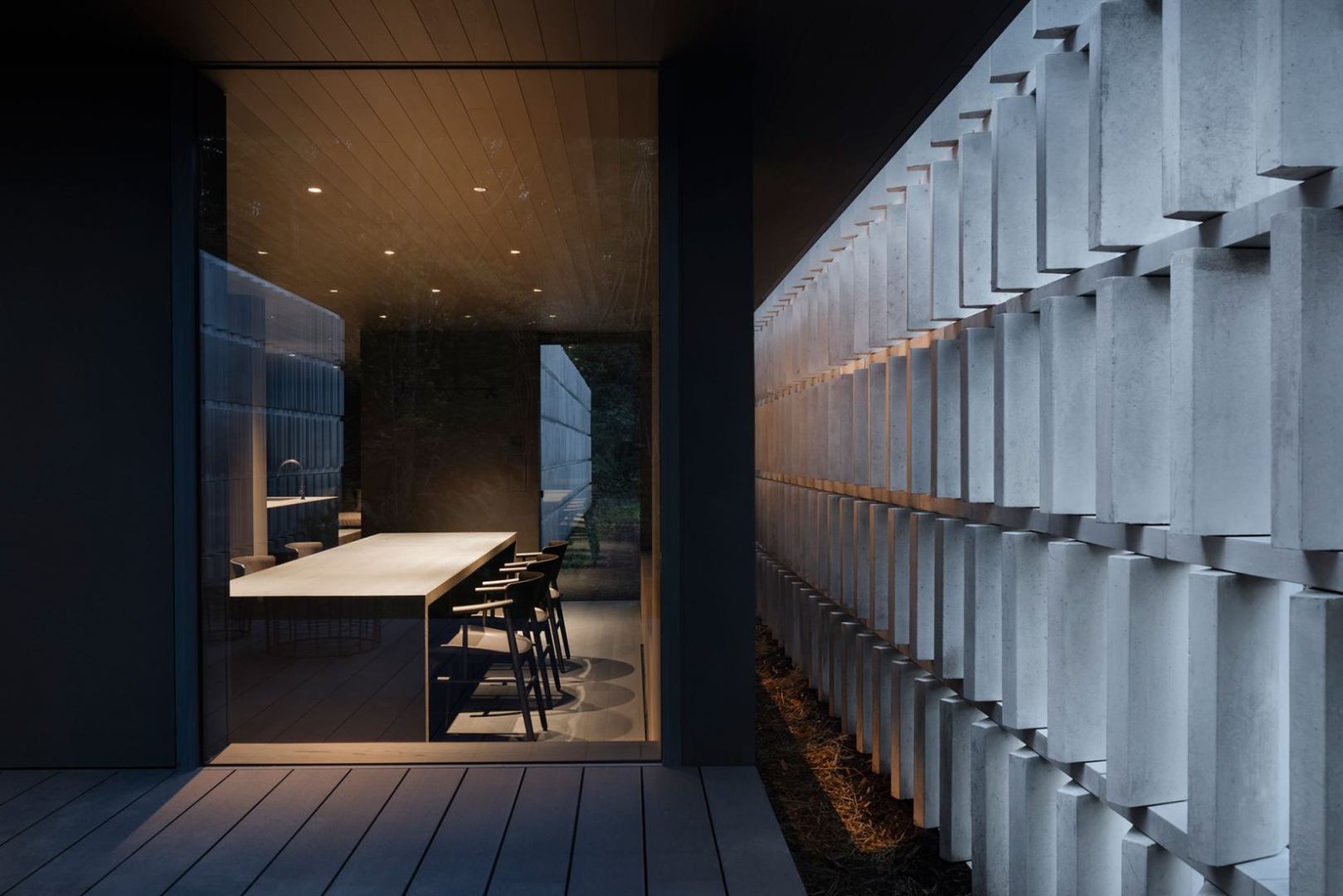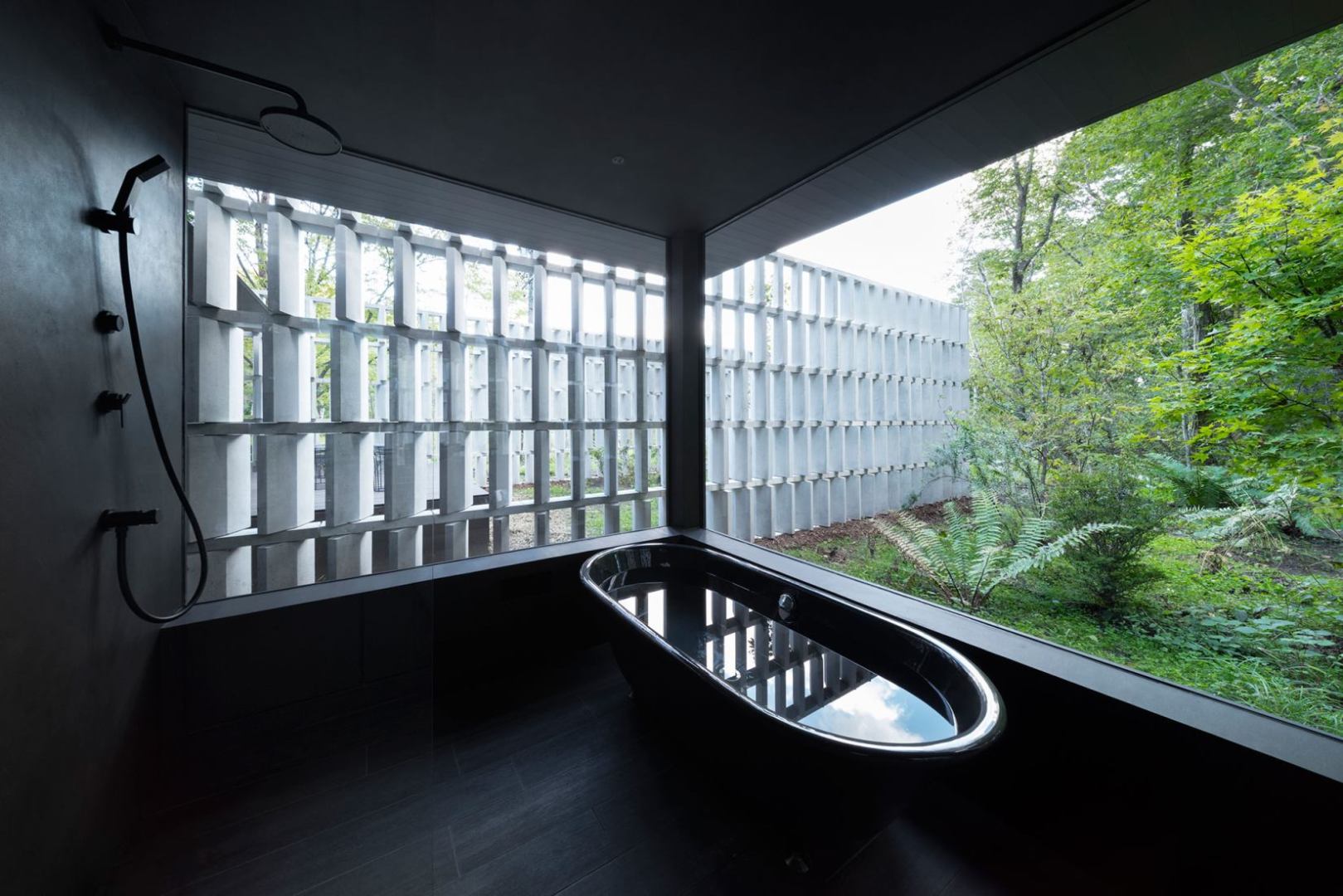The house in Japan, designed by Japanese studio Nendo, has block walls made from the world’s first CO2-absorbing concrete.

A house in Karuizawa, a town in the mountains near Nagano, Japan, has walls made of the world’s first CO2-removing concrete.
It is located beside a road on a property extending 110m in length. 70 minutes from Tokyo, Karuizawa is one of Japan’s oldest and most famous mountain resort towns. It is known for its mild summers, with forests in the surrounding area that offer cycling and walking paths.
_______________________________________________________________________
Read Also : List Of 50 Extinct Animals On Planet Earth
________________________________________________________________________

Who designed it?
This house, designed by Japanese design studio Nendo, has block walls made of “CO2-SUICOM,” an eco-friendly carbon removal concrete. CO2-SUICOM stands for CO2-Storage and Utilization for Infrastructure by Concrete Materials.
It was made by replacing a portion of cement with an industrial byproduct and adding a carbon dioxide-absorbing material, which results in fewer CO2 emissions during production.
CO2-SUICOM was developed by Kajima, the Chugoku Electric Power Co., Denka, and Landes Co.
According to a study published last year, worldwide cement and concrete production generates approximately 8 percent of total carbon emissions. Energy-based CO2 emissions from the cement industry in 2020 were about 1.2 percent of Japan’s total emissions.
For Nendo, the solution was to design concrete block walls that would serve as filter screens
The design concept was to build the house with concrete block walls that would serve as filter screens.
________________________________________________________________________
Read Also : Climate Change and how can YOU fix it
________________________________________________________________________
The line of sight is what someone can see when looking from a particular location. So, they adjusted the angles of the blocks, which allowed controlled visibility. Depending on the arrangement of blocks, they controlled what could be seen and what was hidden. All this was achieved while ensuring that it looks attractive.
Around 2,050 of these blocks are stacked up in rows to make five tall walls, each three meters high. As explained the living space is designed to “fill in the gaps”. To ensure each room feels just right and ensures privacy, they adjusted the block angles by three degrees. ”Ultimately, the design transpires into blocks arranged in a gradient-like pattern,” they note.

More about CO2-SUICOM and Nendo
The strength of CO2-SUICOM is equivalent to that of an ordinary concrete.
To make it, the formed concrete is placed in a curing chamber. Then, CO2 is fed into the curing chamber to be absorbed into the concrete. CO2 from various sources could be used directly. Ordinary concrete blocks emit around 300 kg of CO2 from materials per 1m3. As explained, CO2-SUICOM can achieve carbon neutrality. The absorbed CO2 is fixed inside the concrete and will not be released.
________________________________________________________________________
Read Also : Meganeura : The largest insect ever existed was a giant dragonfly
“Nendo” was established by Oki Sato in 2002 in Tokyo. Back in 2012, it designed a house situated in a forest in Komoro City in Japan’s mountainous Nagano Prefecture. This unique treehouse offered housing for many birds and one person. On one side it had entrances to 78 nesting spaces for birds. The other side has an entrance for a person, who can also look into the birds’ nests from inside the treehouse.







